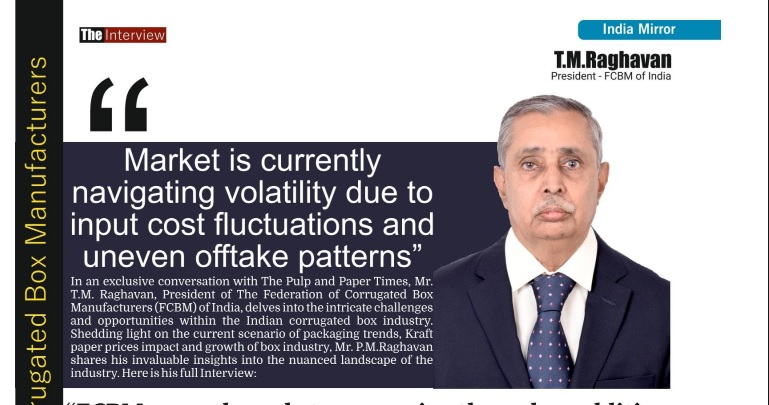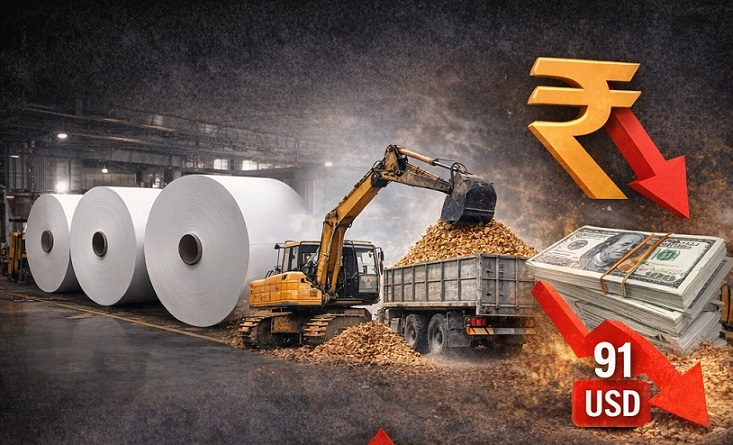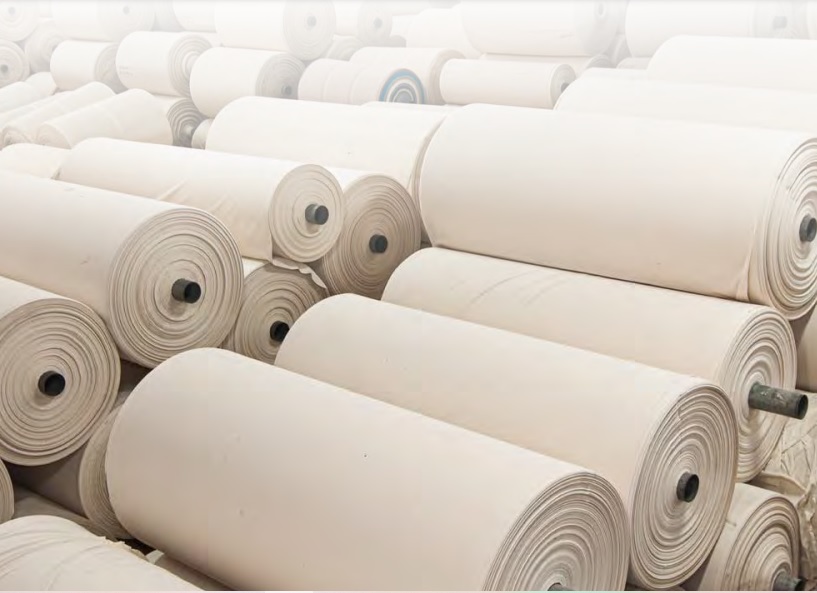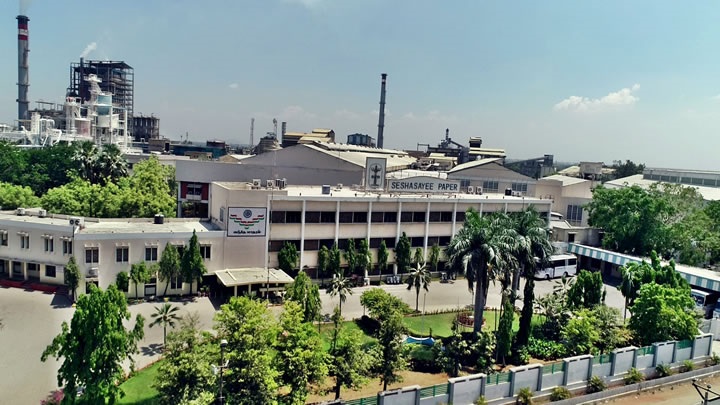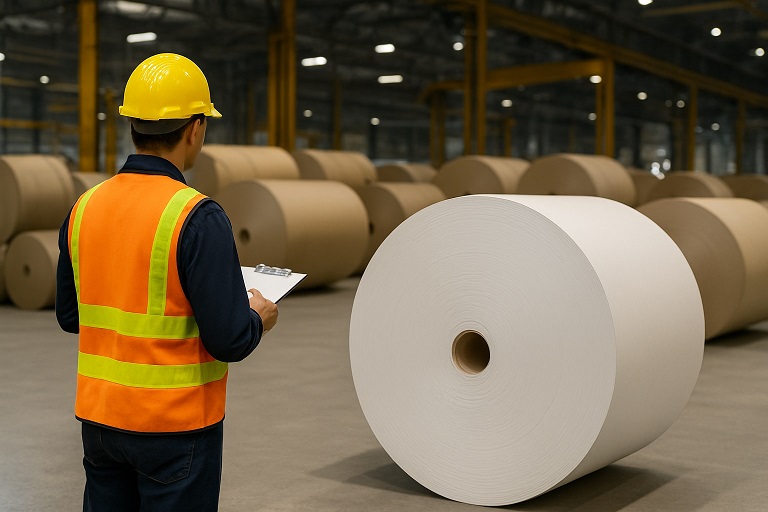Recovered fibre market: the waste paper suppliers will not have one China
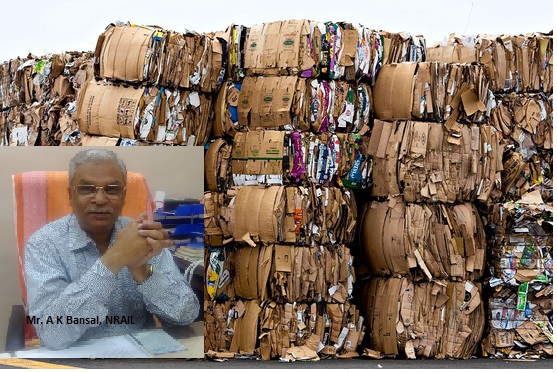

Recovered fibre market: the waste paper suppliers will not have one China
The Pulp and Paper Times got the opportunity to interact with Mr. A.K. Bansal, whole Time Director at N R Agarwal Industries Limited on waste paper future. He explained the situation and predict the future of waste paper in the coming years. Here are views
Mumbai | 24 January 2021 | The Pulp and Paper Times:
Q1. During Lockdown, the consumption had plummeted in western countries and this has led to reduce collection and generation of waste paper, also Work from Home culture has had an impact on office waster generation as well. Considering the situation of the waste paper collection system, prices are soaring up. How do you see this situation and ensure the availability of waste paper in-time & at minimum prices?
Yes it’s true that pandemic has changed the scenario of the whole world and largely affected the paper industry, unlike few other industries.COVID-19 pandemic has affected the recycling market also due to the institution of social distancing measures like lockdown, hence affecting livelihoods. A temporary ban on cross-border movements affects developing countries that depend on foreign technology for waste recycling activities, and hence, most of the waste generated during the pandemic is disposed of rather than recycled. The development of the Global Waste Paper Recycling Market is driven by increased environmental concerns also.
With regard to the cost, the Leading recycling business house are developing automatic and highly efficient recycling systems to reduce the price of production and eliminate work-intensive activities by automating the process already in place.
Q2. How do you see the complete ban on waste paper import by china government in its country and How do calculate the impact on market dynamics of supply and demand?

The big unit like nine dragon in china aimed to diversify the raw material sources and expand its business downstream to establish a vertical industry chain. On upstream side they have invested in production capacity for recycled pulp in order to gain better control over the stability of raw material supply as well as the quality and cost efficiencies of production. But medium and small mills can nor effort such type of system.
Impacts in Asia
Malaysia, Vietnam and Thailand have all seen huge increases in material being exported to them for treatment. Often these alternative destinations have too poor waste infrastructure to deal with the quantity of low-quality materials being sent.As a result, Thailand has announced the ban on plastic waste imports by 2021, and Vietnam and Malaysia have already stopped issuing import permits for plastic waste. Until recently, India had been the largest alternative waste destination, but as of March last year, the country has banned imports of plastic rubbish and restricted the contamination to 1.0% in waste paper imports. It is now clear that no country alone has the capacity to absorb the quantities that China used to import.
The development of domestic waste processing capacity will be crucial to cope with the waste surplus generated. The waste industry’s strategic response has been to get better quality of recycled materials to meet contamination requirements. The Bureau of International Recycling (BIR) hosted a fiber-focused commodity session during its virtual convention in October 2020. The session had China’s upcoming all-out import ban at the forefront. China imported 28.4 million short tons of recovered fiber in 2017, a figure that dropped to 18.8 million short tons in 2018. By 2019, imports decreased again to 11.4 million short tons,
In the future recovered fibre market, the waste paper suppliers will not have one China, but we will have 10 small outlets together covering more than one China, India will be one of them. Because of this gradual change, its predicted that the Chinese import ban will not dramatically impact the scrap paper market in 2021. Instead, the market will be stabilizing slowly.

Q3. The Lobby of the paper mills in Europe is now building up the case for a total ban of exports of any kind of waste strongly supported by media & NGOs. If this ban happens, there will be a significant drop in local prices of recovered paper thus make European paper mills more competitive when selling to China. This ban will have a significant adverse impact on Indian Paper Mills. Considering this demanded ban, how Indian Paper mills will arrange the quality recovered paper in a regular manner and being non-competitive, how the Indian industry will secure its global buying market?
The EU has a trash problem. It used to ship 60% of plastics and 13% of paper collected for recycling to China resulted in to the paper recycling sector is currently in a crisis situation. About half of the paper produced in Europe comes from recycled material, according to the Confederation of European Paper Industries (CEPI), a trade group. And even though new recycling facilities in Europe are currently being built, they will only become available in two to five years.
Moreover, Europe currently has more than 2,000 operational sorting plants that process paper and cardboard wastes. The demand for such waste paper sorting plants will increase in the years to come.

The construction of additional capacities is based on increasing waste paper amounts that are available for material recovery Altogether, additional sorting capacities of 6.7 million tons will be constructed by 2025. Additionally, about 2.1 million tons of sorting capacities, installed in dated plants, will be modernized or replaced by 2025. This will meet the norms of the trash containing the waste being exported from Europe. Hence don’t see a major problem with regard to the export of waste to India and other Asian countries at the same time we expect companies to focus more on local, resilient RCP supply and consumption and investment in local quality recycling infrastructure remain a necessary step across all regions and across the entire supply chain including waste management.
Q4.As the paper industry is witnessed of the highest soaring of prices of recovered paper and the situation may become worsen in the coming time, don't you think, Indian Paper Industry should stop the export of the paper just to save local waste paper collection system, domestic paper conversion industry, buying interest of consumers for converted paper products and also most important, secure itself from the recovered fiber deficiency in coming time?
It is true that the prices are soaring of all kinds of waste paper, but the effect of price rise is more because of the sea freight rising to three folds. The basic price of waste paper is almost unchanged or increased marginally. This increase in sea freight has affected all imports and exports worldwide. I am of the opinion that the availability of waste paper to the Indian paper industry through imports will not be affected. More than 40% of U.S. mixed paper imports have gone to India over the past two years. India is repeatedly cited as a market with tremendous growth potential over the next several years. Still, industry analysts did caution that India plans to become self-sufficient in the long term, which could involve restrictions on imports.
India's action reemphasizes the attention on contamination that has sprung up since China's ban. Most recyclers say it is still possible to export materials under the new requirements. Hence India can continue exporting the finished paper and there will not be a shortage of recycled paper once this temporary phase of COVID—19 pandemic is over

Web Title: Recovered fibre market the waste paper suppliers will not have one China





 Join WhatsApp Group
Join WhatsApp Group Join Telegram Channel
Join Telegram Channel Join YouTube Channel
Join YouTube Channel Join Job Channel (View | Submit Jobs)
Join Job Channel (View | Submit Jobs) Join Buy Sell Channel (Free to Submit)
Join Buy Sell Channel (Free to Submit) Paper News Headlines Channel (Free to read)
Paper News Headlines Channel (Free to read)